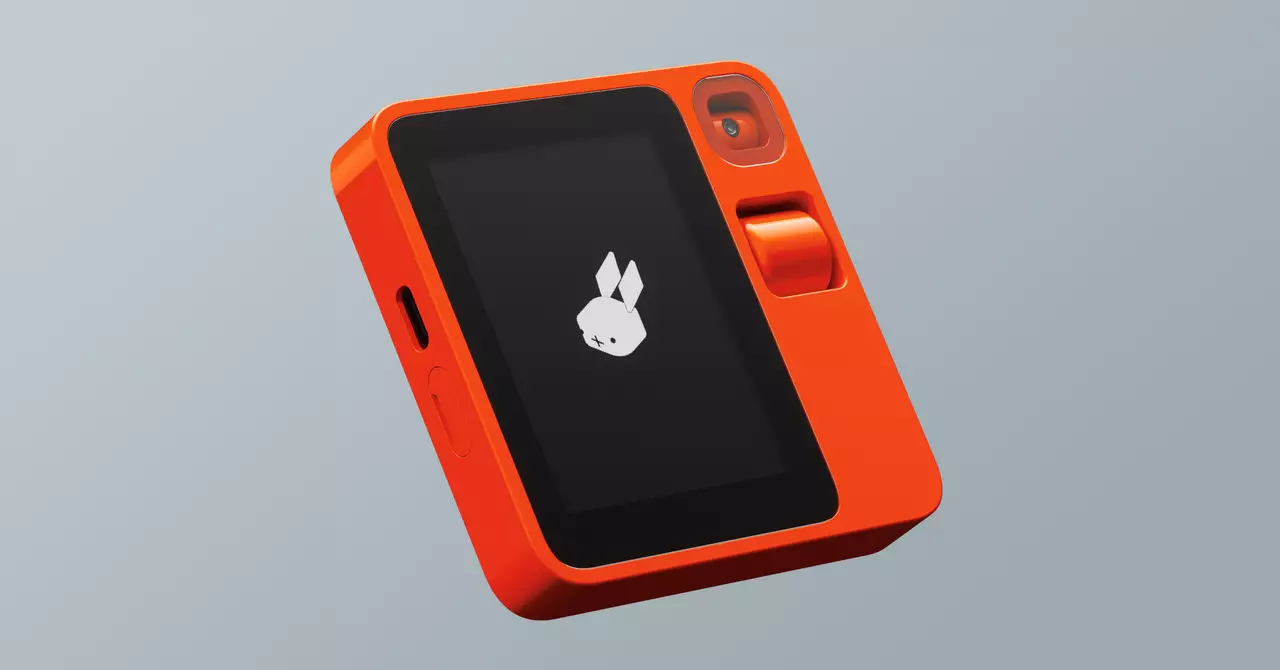The Rabbit R1, a revolutionary AI assistant, demonstrated its Teach Mode feature at a recent event. This feature allows users to instruct the R1 on how to complete a task by pointing its camera at a computer screen. Once the R1 learns the task, it can then perform it upon request, saving users time and effort. However, this feature is not yet available to the public and will initially undergo beta testing with a select group of users. The ultimate goal of the R1 is to replace traditional apps, providing a more seamless and intuitive user experience.
During the demonstration at CES, it was shown that the Rabbit R1 has the capability to access third-party apps via the Rabbit Hole web portal. Currently, the R1 offers integration with only four services: Uber, DoorDash, Midjourney, and Spotify. Users can log into these services through the Rabbit Hole web portal and then ask the R1 to perform tasks such as calling an Uber, ordering food, generating images, or playing music. The R1 utilizes the services’ APIs to complete these tasks and has been pre-trained to use them effectively.
The company behind the Rabbit R1, Rabbit, has promised a slew of additional features in the future. In the upcoming months, users can expect to see enhancements such as an alarm clock, calendar, contacts, GPS, memory recall, and travel planning, among others. Rabbit is also working on integrating popular music services like Amazon Music and Apple Music, as well as collaborating with services like Airbnb, Lyft, and OpenTable. These planned integrations aim to enhance the capabilities of the R1 and provide users with a more comprehensive AI assistant experience.
The Rabbit R1 presents a unique vision for the future of user interaction. By focusing on voice commands and intuitive computing, Rabbit aims to eliminate the need for traditional apps and instead provide a seamless interface that understands and responds to user needs. The company has hinted at the development of a wearable device that can interpret gestures and commands, such as adjusting the temperature on a Nest thermostat without verbal cues. Additionally, Rabbit is working on an AI-native desktop operating system called Rabbit OS, which aims to revolutionize the way users interact with their devices.
The Rabbit R1 represents a bold step forward in AI assistant technology. With innovative features like Teach Mode and a growing list of service integrations, the R1 is poised to redefine user interaction and streamline everyday tasks. While the concept of a fully intuitive interface may still be in development, Rabbit’s vision for the future of AI assistants is certainly ambitious. As the technology continues to evolve, we may see a shift towards more personalized and efficient user experiences, ultimately reshaping the way we interact with our devices. The Rabbit R1 is just the beginning of what promises to be an exciting journey into the future of AI technology.


Leave a Reply